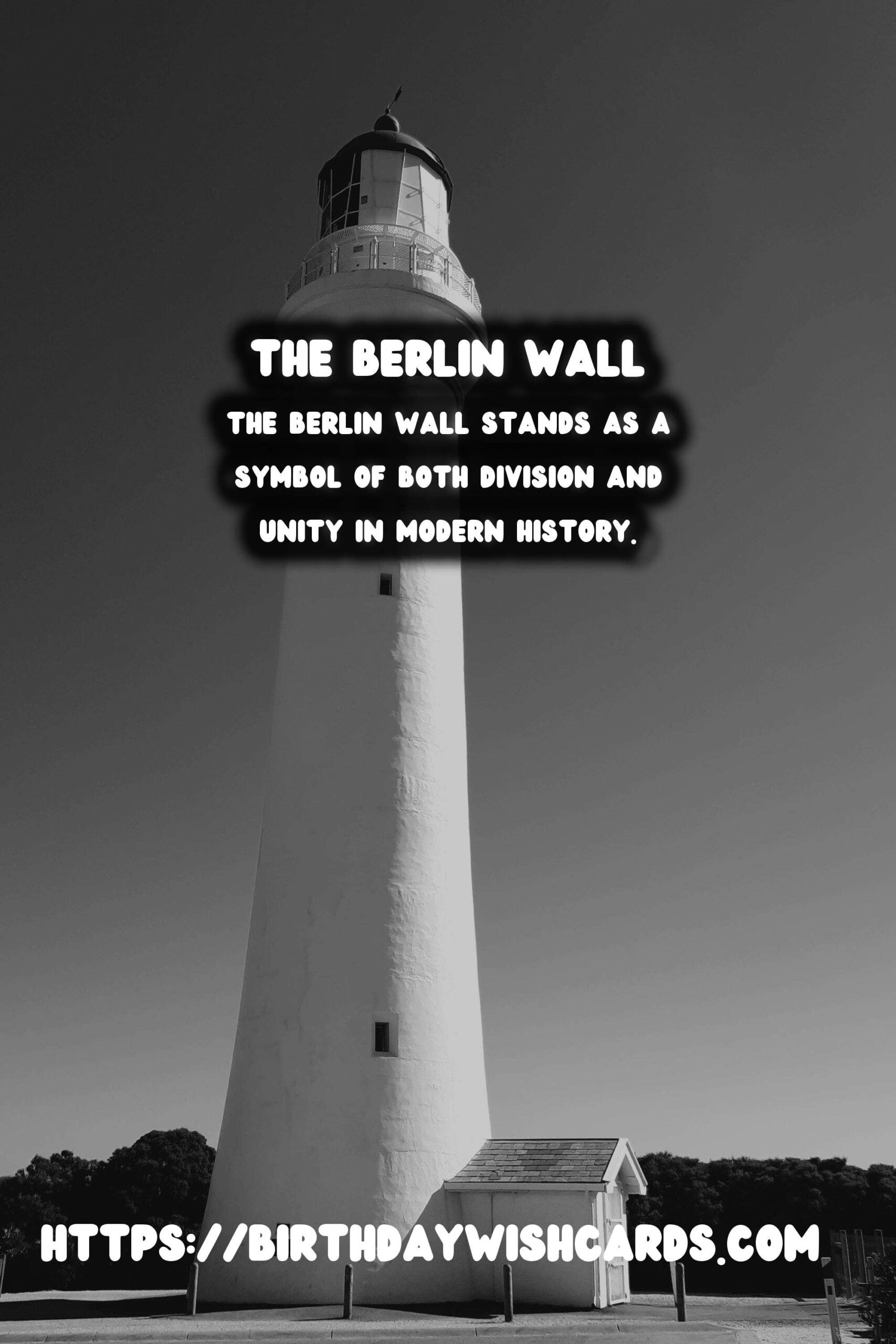
The Berlin Wall, a concrete manifestation of ideological strife and division in the 20th century, remains a potent symbol of both oppression and the power of unity. This article explores its historical context, the reasons it was built, its eventual fall, and its ongoing relevance in today’s world.
Historical Context: The Roots of Division
After the end of World War II, Germany found itself divided into four zones controlled by the Allied powers: the United States, the United Kingdom, France, and the Soviet Union. Berlin, the capital, although located deep within the Soviet-controlled East Germany, was similarly divided among the four powers, setting the stage for future conflict.
The ideological split between the Western powers and the Soviet Union led to escalating tensions during the Cold War. By 1949, two separate states had emerged: the capitalist Federal Republic of Germany (FRG) and the communist German Democratic Republic (GDR). Eastern Europeans, including East Germans, increasingly fled to the West, sparking a crisis for the GDR.
Construction of the Wall: A Physical Barrier to Stop Migration
On August 13, 1961, the East German government, with Soviet backing, began erecting a barrier that would become known as the Berlin Wall. It physically divided East and West Berlin, cutting off many families and creating a stark separation between the two ideologically opposed worlds.
Composed of concrete, barbed wire, and armed guards, it stretched over 140 kilometers. Its purpose was to prevent the mass exodus of East Germans to the West, stemming both population loss and a brain drain that threatened the GDR’s economy and social structure.
The Fall of the Berlin Wall: A Turning Point in History
The Berlin Wall stood for 28 years, becoming a grim symbol of the Cold War’s inhumanity. Yet, it could not withstand the wave of change that swept across Eastern Europe in the late 1980s. Pressured by reform movements and economic difficulties, the East German government announced on November 9, 1989, that citizens could freely cross the border for the first time in decades.
The event was broadcast live worldwide, capturing the jubilant scenes as East and West Berliners eagerly dismantled the wall. This phenomenal moment marked not just the physical destruction of a wall, but the ideological collapse of Cold War barriers, signaling a new era of potential unity.
Current Relevance: Lessons and Legacy
Today, remnants of the Berlin Wall serve as monuments and galleries for peace, unity, and freedom. They remind us of the struggles faced by those living under oppressive regimes and the power of collective action in overcoming barriers.
In a world still rife with division and conflict, the legacy of the Berlin Wall continues to be relevant. It underscores the importance of dialogue, understanding, and the resilience of the human spirit. As society grapples with new challenges, the fall of the Berlin Wall reminds us that no barriers are insurmountable when confronted with unity and the desire for freedom.
Conclusion
The Berlin Wall, once a symbol of division, has become a symbol of hope and unification. Its story is a testament to the complexities of political strife and the enduring will of people to overcome. On the global stage, it teaches us to strive for cohesion and reminds us that, ultimately, the quest for freedom and justice will prevail.
The Berlin Wall stands as a symbol of both division and unity in modern history. Its fall in 1989 marked a significant turning point in the Cold War, heralding a new era of freedom and peace. 
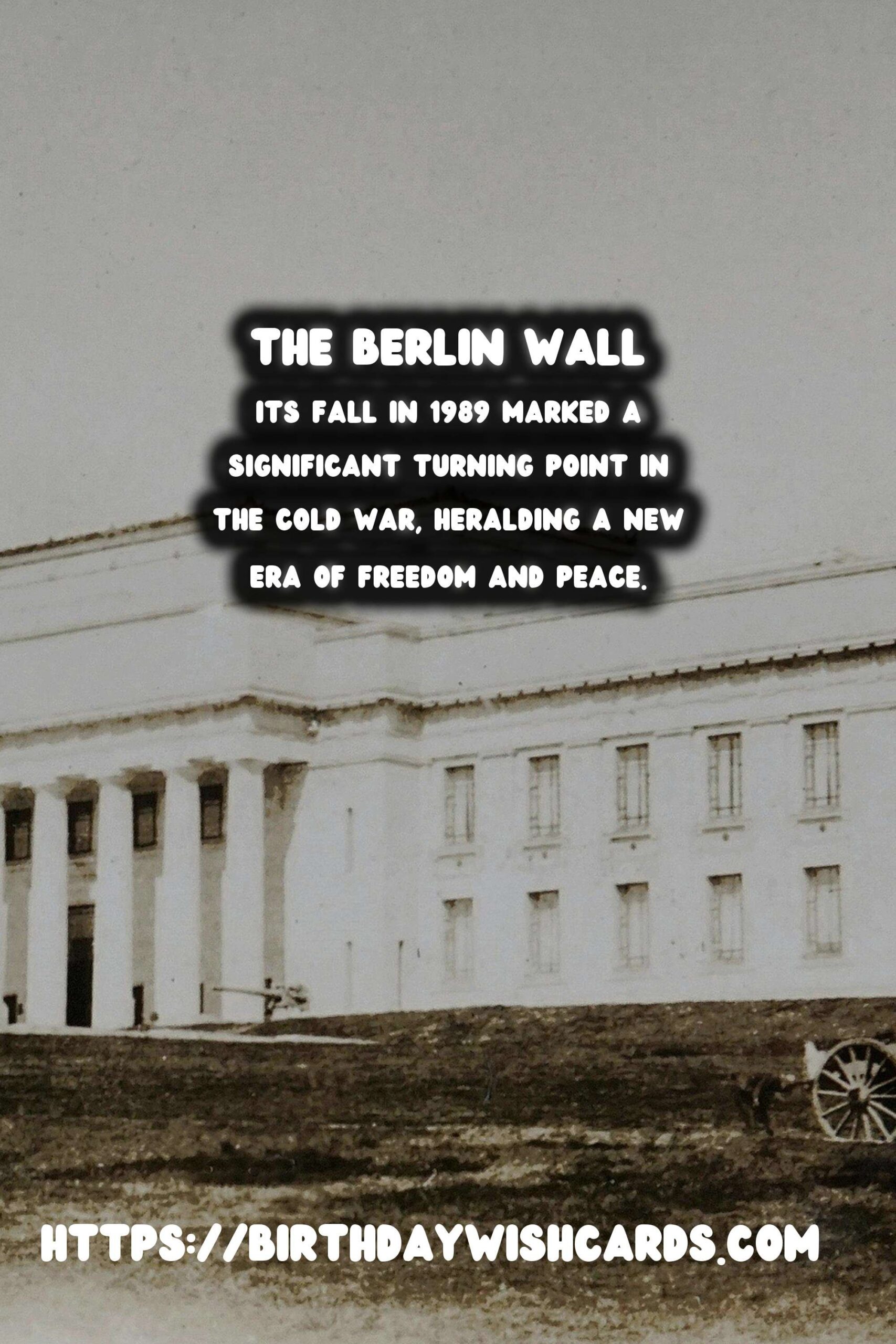
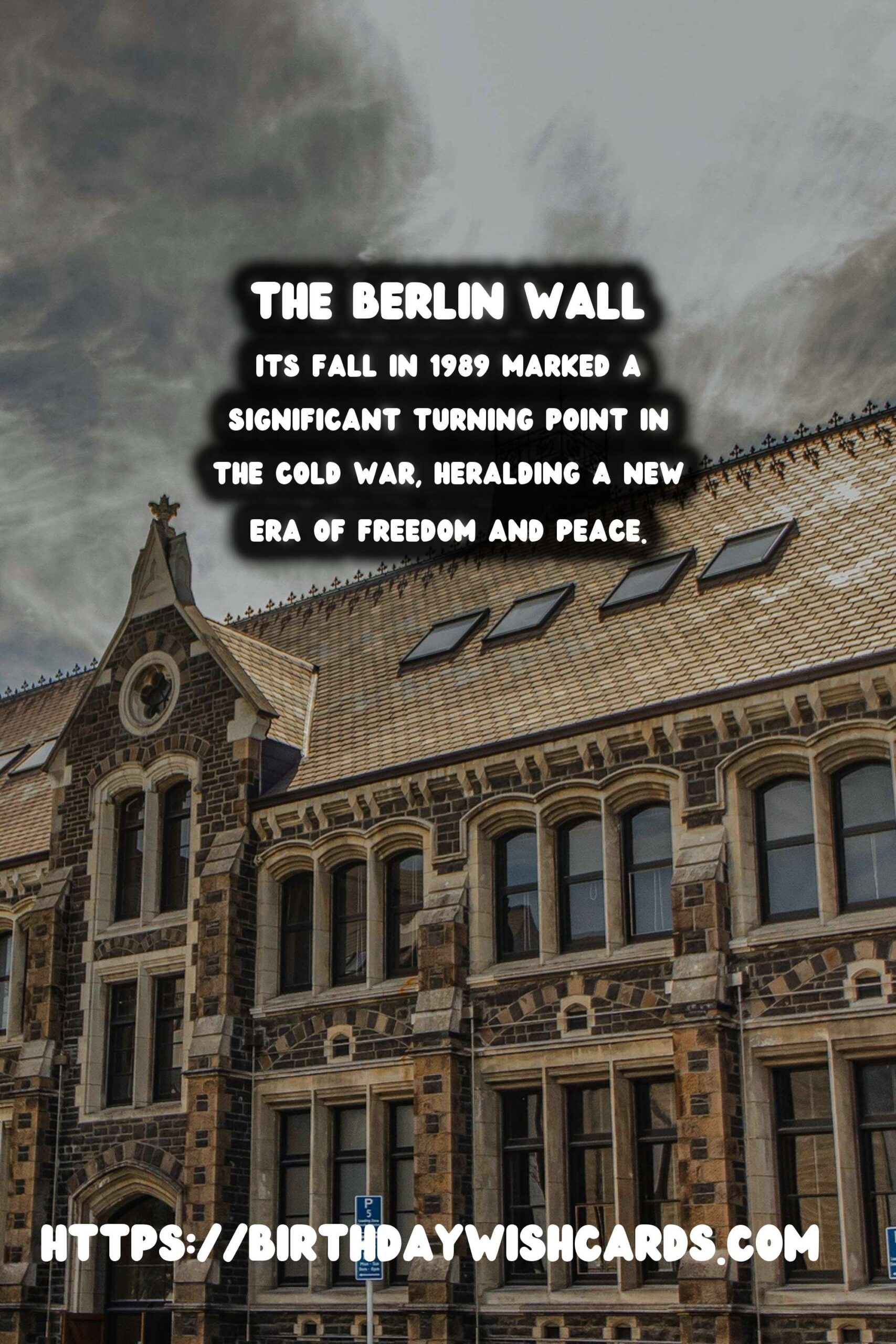
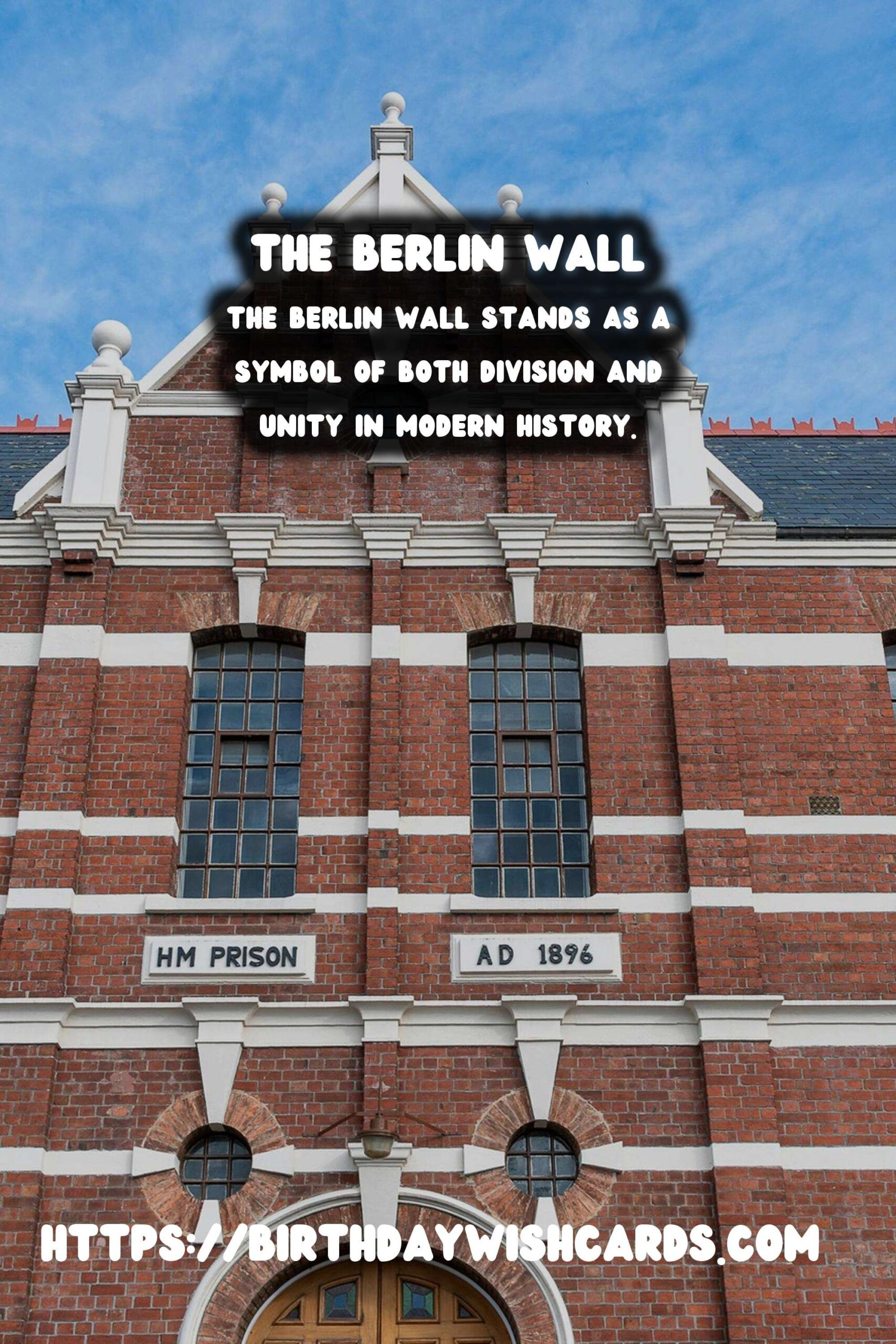
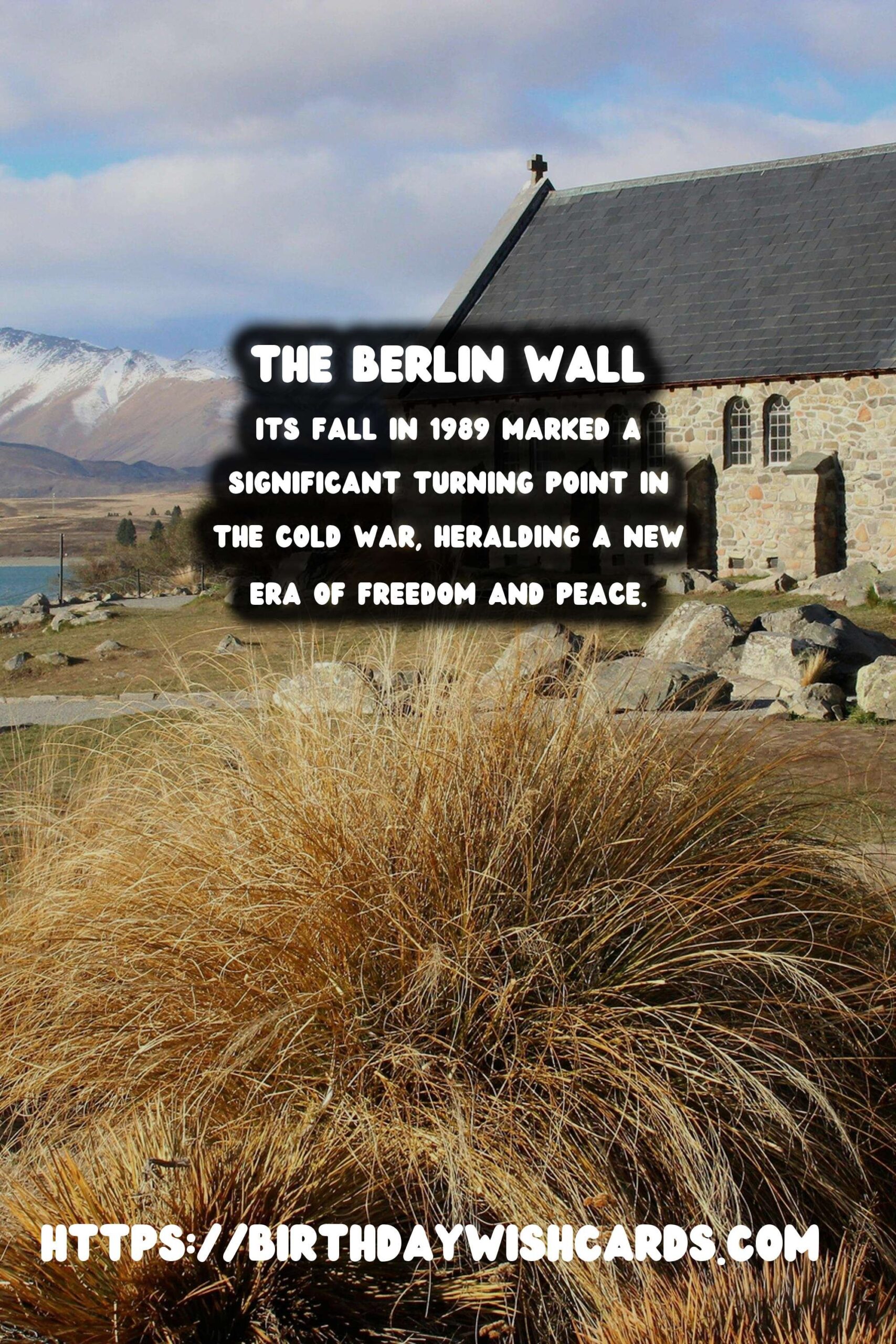
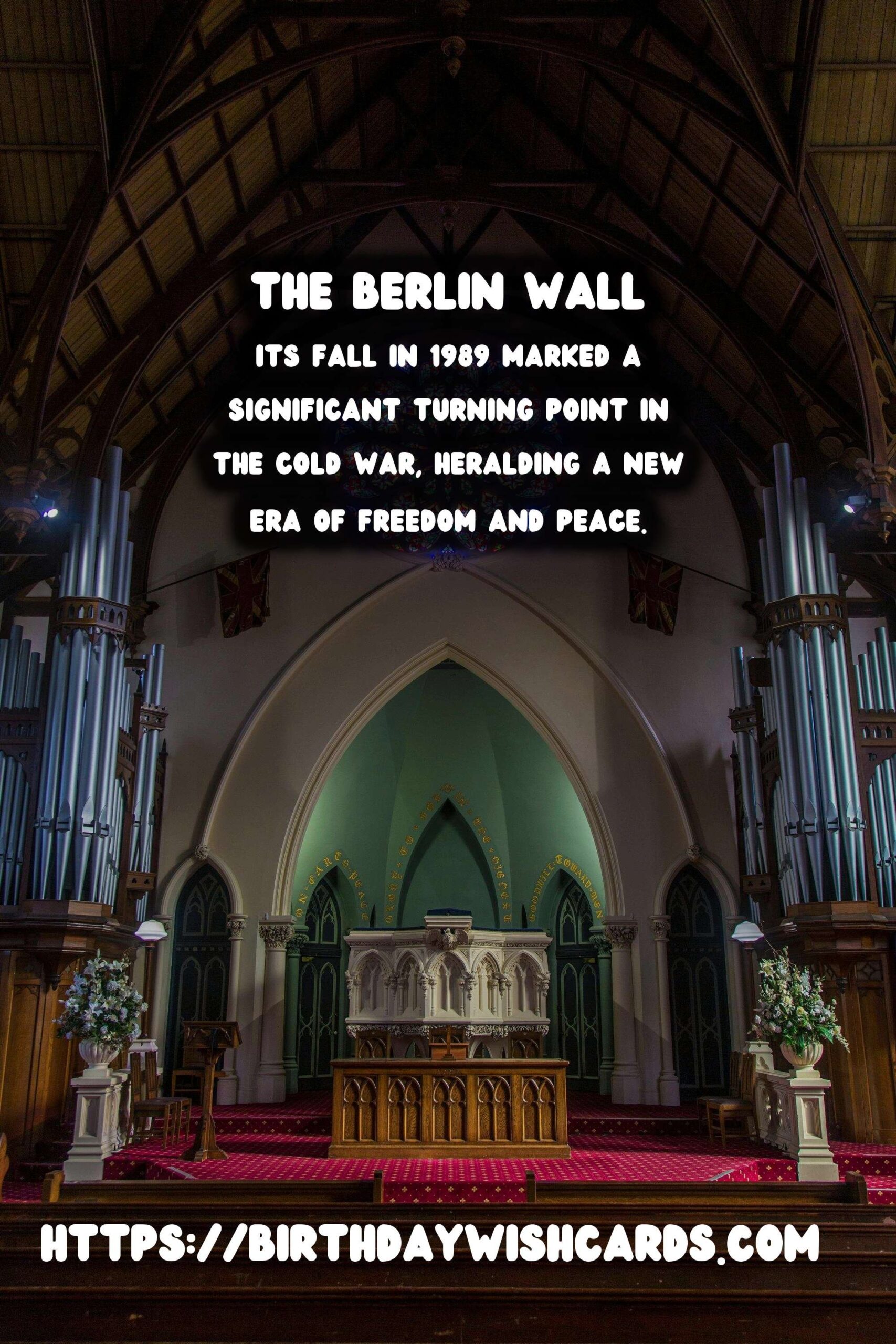
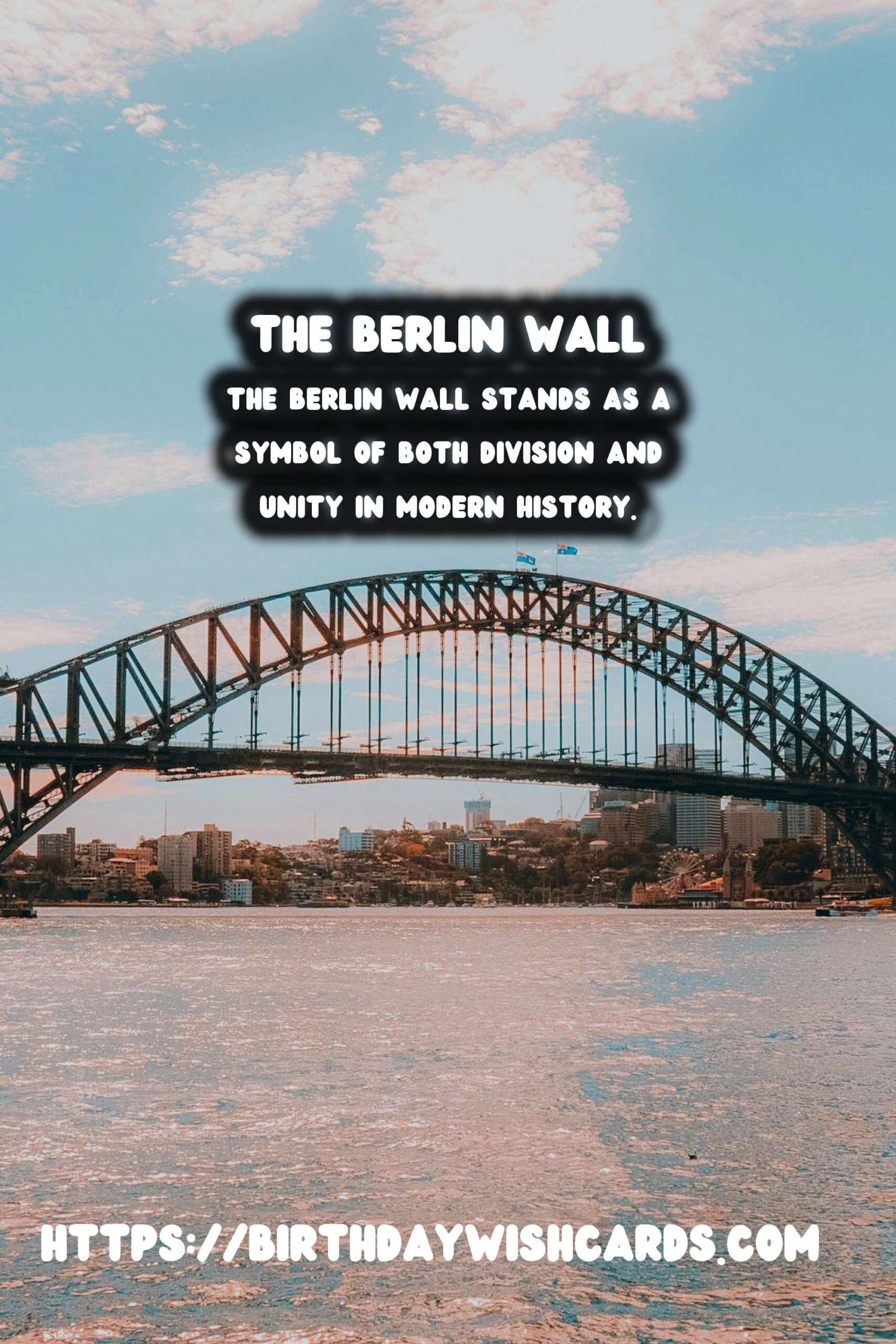
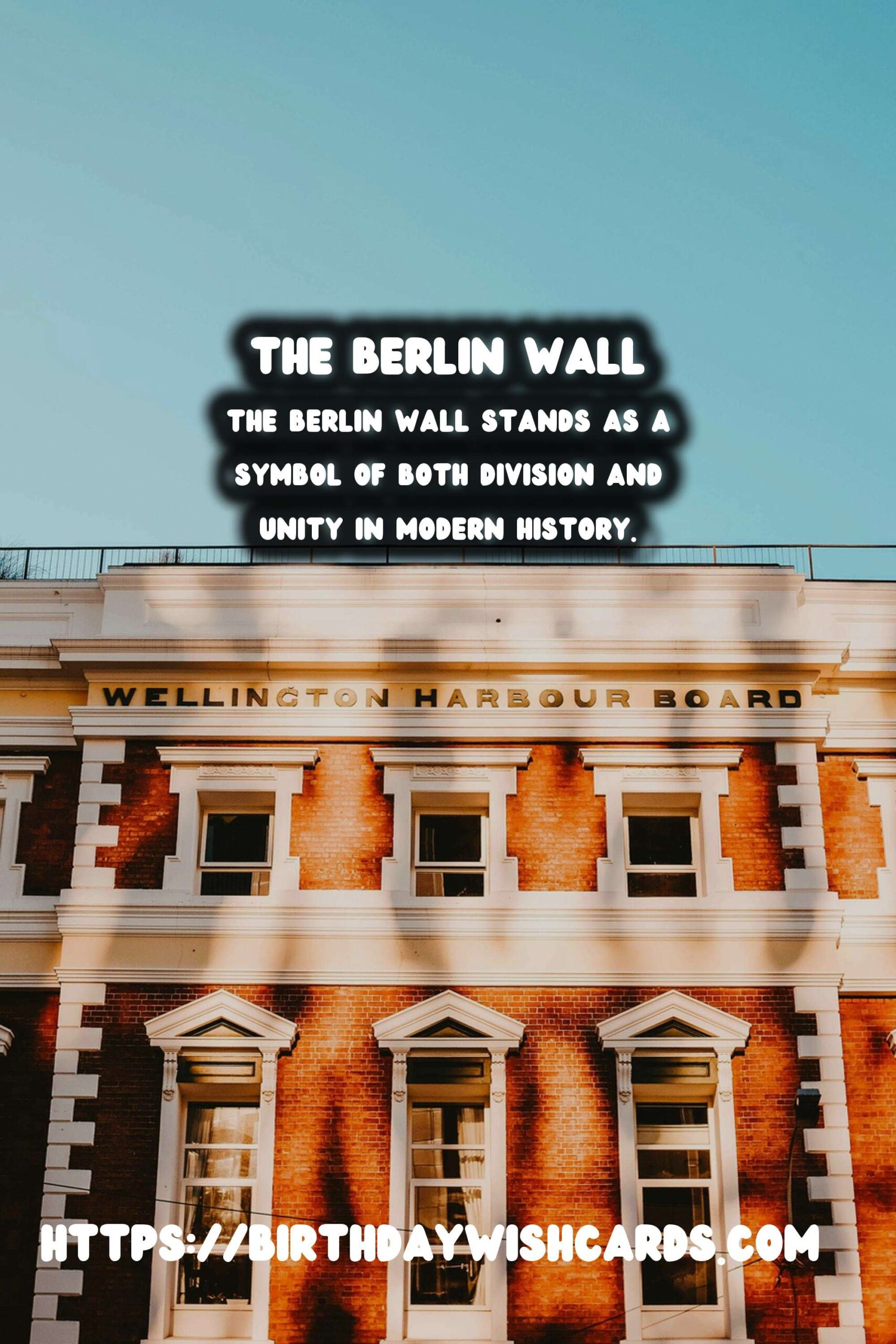
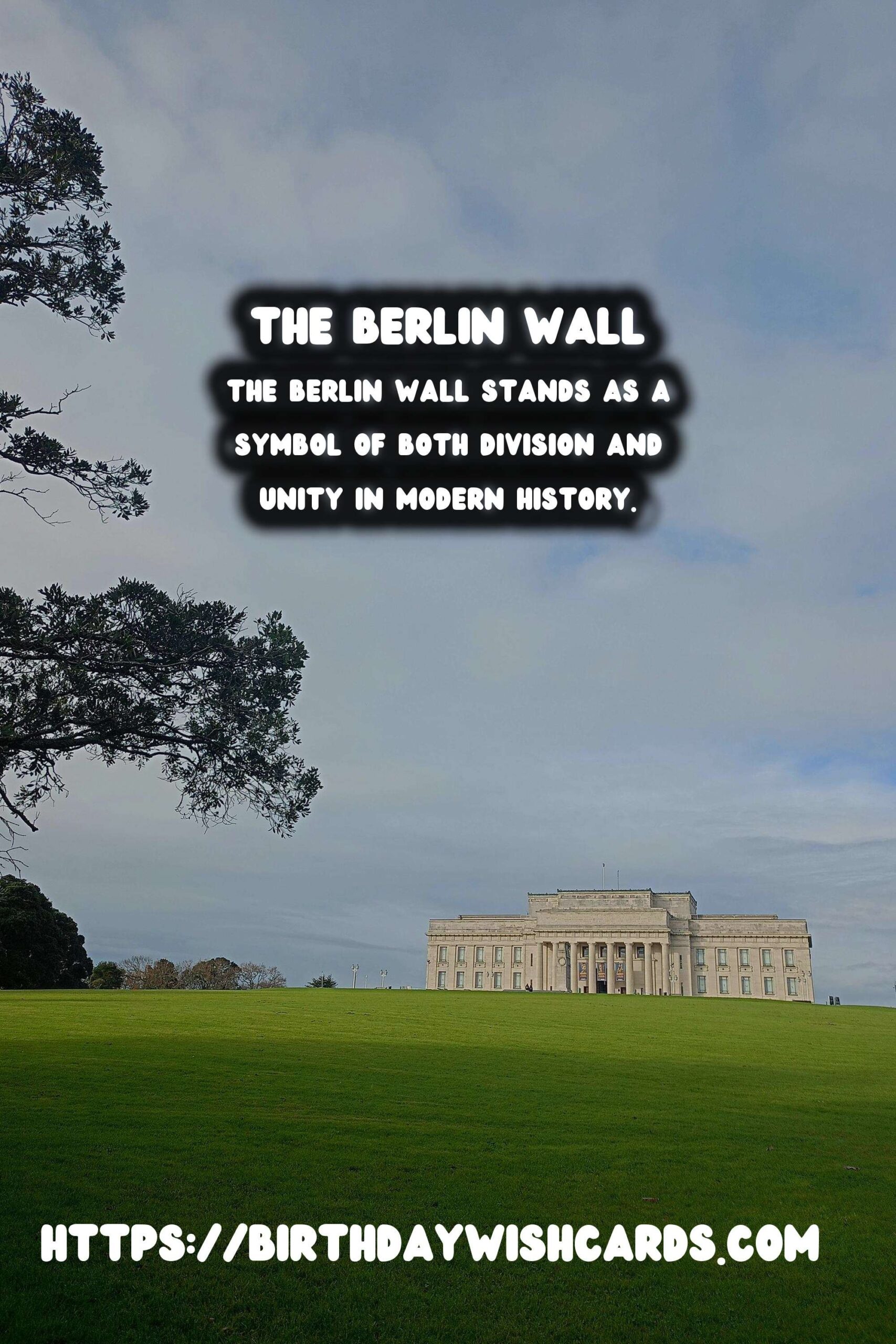
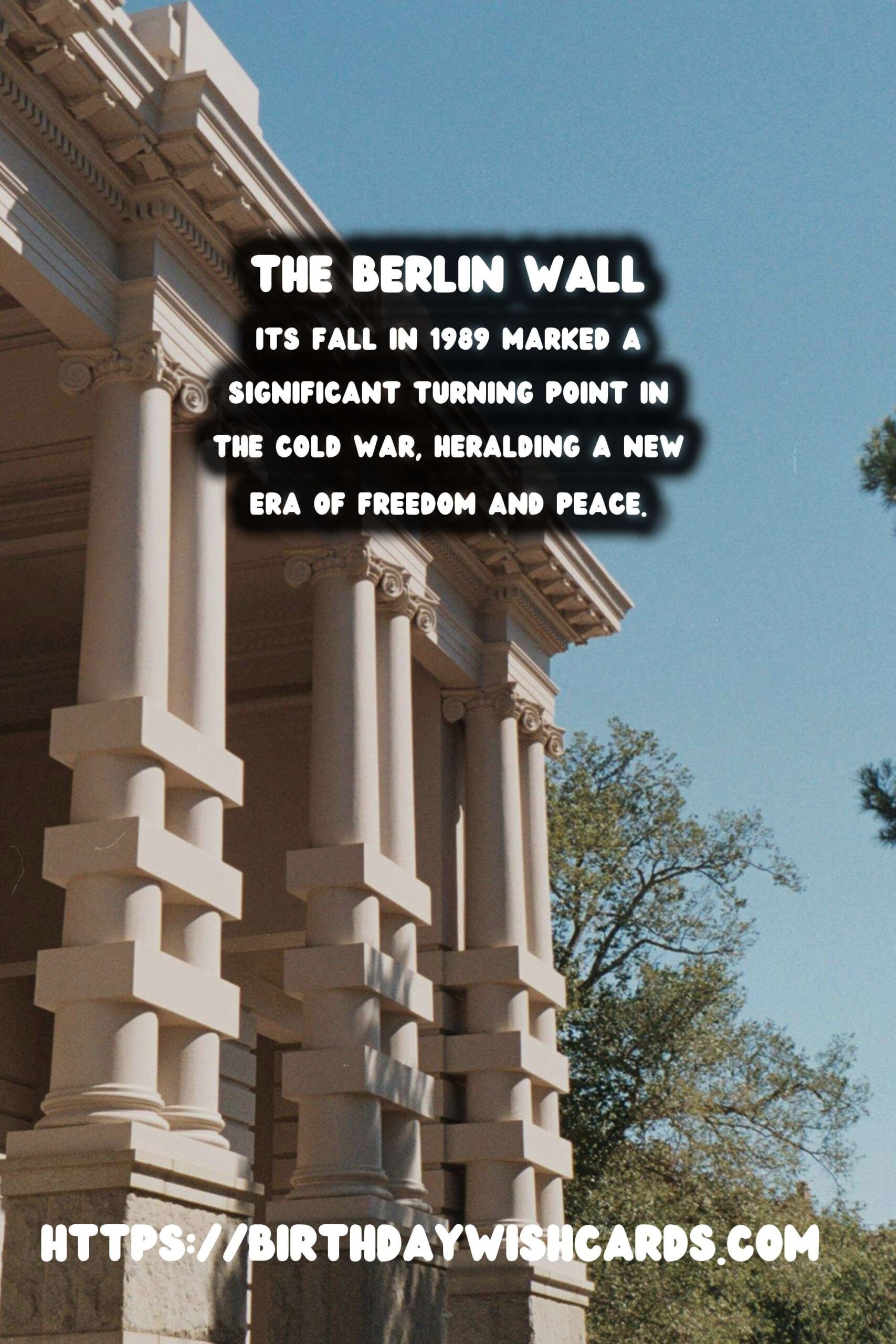
#BerlinWall #History



